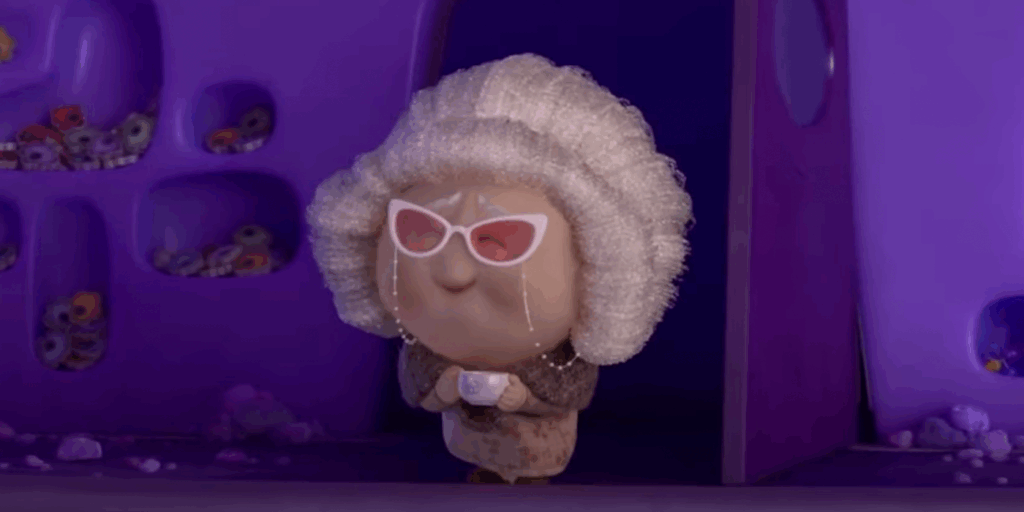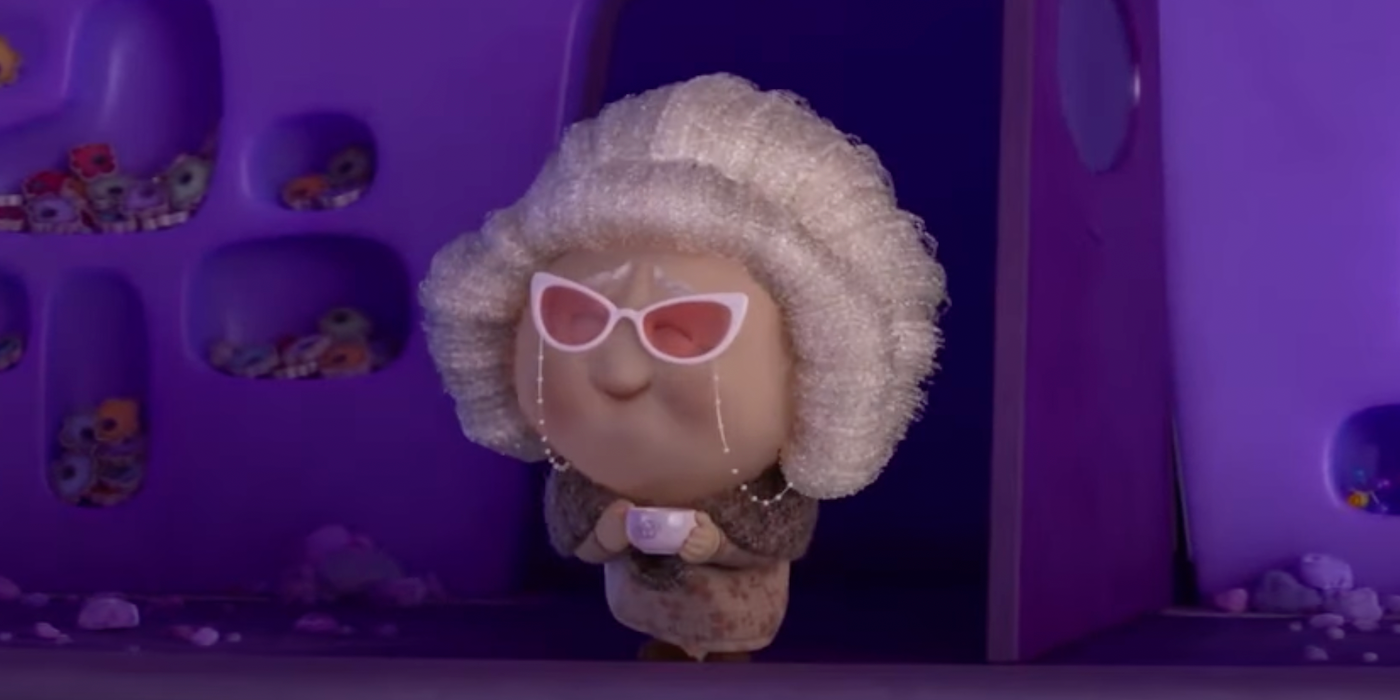
Inside Out Characters: A Nostalgic Journey Through Our Emotions
Pixar’s Inside Out isn’t just a children’s film; it’s a masterclass in emotional intelligence, wrapped in vibrant animation and unforgettable characters. The movie delves deep into the complex world of a young girl’s mind, personifying her core emotions as distinct, relatable figures. For many, revisiting these Inside Out characters evokes a powerful sense of nostalgia, reminding us of the joys and struggles of growing up. This article explores the enduring appeal of these characters and why their story continues to resonate with audiences of all ages.
The Core Emotions: A Closer Look
At the heart of Inside Out are the five core emotions: Joy, Sadness, Fear, Anger, and Disgust. Each character is meticulously designed, both visually and in terms of personality, to represent their respective emotion. Let’s examine each one:
Joy
Voiced by Amy Poehler, Joy is the optimistic and energetic leader of Riley’s emotions. Her primary goal is to keep Riley happy, sometimes to the detriment of other emotions. Her design is bright and sparkling, reflecting her effervescent personality. Joy’s unwavering positivity, while admirable, highlights the importance of acknowledging and processing all emotions, not just the positive ones. Many feel a sense of nostalgia remembering Joy’s optimism from their own childhood.
Sadness
Phyllis Smith’s portrayal of Sadness is both poignant and insightful. Initially perceived as a hindrance to Riley’s happiness, Sadness gradually reveals her crucial role in empathy and connection. Her design is soft and blue, reflecting her melancholic nature. The film cleverly demonstrates that sadness is not an inherently negative emotion but a necessary part of the human experience. The recognition of sadness as a valid emotion is a key element that many find relatable and triggers nostalgia about their own emotional journeys.
Fear
Bill Hader voices Fear, the anxious and cautious emotion responsible for Riley’s safety. Fear is constantly on alert, scanning for potential threats and dangers. His design is tall and slender, reflecting his nervous energy. While sometimes overprotective, Fear’s intentions are always rooted in keeping Riley out of harm’s way. Understanding Fear’s role in survival brings a new appreciation for this often-overlooked emotion. Thinking about Fear reminds audiences of times they felt unsafe and the nostalgia associated with overcoming those fears.
Anger
Lewis Black delivers a fiery performance as Anger, the passionate and easily provoked emotion. Anger is quick to react to perceived injustices and unfairness. His design is short and red, resembling a brick, reflecting his explosive temper. While his outbursts can be destructive, Anger also serves as a powerful motivator for change and a protector of Riley’s sense of justice. The fiery nature of Anger and his reactions to injustice are often a source of comedic relief and nostalgia for the frustrations of childhood.
Disgust
Mindy Kaling voices Disgust, the critical and discerning emotion responsible for protecting Riley from physical and social contamination. Disgust is highly opinionated and refuses to tolerate anything she deems unacceptable. Her design is green and stylish, reflecting her sophisticated and somewhat judgmental nature. While sometimes perceived as negative, Disgust plays a vital role in setting boundaries and maintaining personal standards. Disgust’s role in protecting Riley from both physical and social dangers is a relatable aspect that evokes nostalgia for the awkward stages of growing up.
The Power of Nostalgia and Inside Out
The success of Inside Out lies not only in its innovative concept and stunning animation but also in its ability to tap into the universal human experience of emotions. The Inside Out characters are more than just animated figures; they are reflections of ourselves, our struggles, and our triumphs. Watching their journey through Riley’s mind triggers a powerful sense of nostalgia, reminding us of our own emotional development.
The film’s exploration of core memories and personality islands is particularly resonant. These concepts illustrate how our experiences shape who we are and how our emotions play a crucial role in forming our identities. Seeing Riley’s personality islands crumble and rebuild as she navigates new challenges is a poignant reminder of the ever-evolving nature of the self. This process is something everyone can relate to, bringing a strong wave of nostalgia and connection to the film.
Why Inside Out Still Matters
Years after its release, Inside Out continues to be relevant and impactful. Its message about the importance of emotional awareness and acceptance is timeless. The film encourages viewers to embrace all their emotions, even the uncomfortable ones, and to recognize their value in shaping a healthy and well-rounded personality. The Inside Out characters serve as constant reminders of these important lessons.
Furthermore, Inside Out has sparked important conversations about mental health and emotional well-being. The film’s portrayal of Sadness as a valuable emotion has helped to destigmatize mental health struggles and encourage open communication about feelings. This is particularly important for children and adolescents, who may be struggling to understand and manage their emotions. The nostalgia associated with the film can also be a powerful tool for initiating these conversations, as it provides a shared experience and a common language for discussing emotions.
The Enduring Legacy of the Inside Out Characters
The Inside Out characters have become cultural icons, appearing on merchandise, in theme park attractions, and in countless online memes and discussions. Their enduring popularity is a testament to their relatability and the film’s profound impact on audiences. The nostalgia surrounding these characters is likely to persist for years to come, as new generations discover the film and connect with its message.
The film’s sequel, Inside Out 2, is highly anticipated, promising to introduce new emotions and further explore the complexities of the teenage mind. This continuation of the story will undoubtedly reignite the nostalgia for the original film and provide new opportunities for audiences to connect with the Inside Out characters.
In conclusion, Inside Out is more than just an animated film; it’s a powerful and insightful exploration of the human experience. The Inside Out characters have captured the hearts and minds of audiences worldwide, evoking a strong sense of nostalgia and reminding us of the importance of embracing all our emotions. Their legacy is sure to endure, inspiring conversations about mental health and emotional well-being for generations to come. Revisiting these characters is like revisiting a cherished part of our own emotional development, a journey filled with laughter, tears, and ultimately, a deeper understanding of ourselves.
[See also: Pixar’s Greatest Films]
[See also: Understanding Childhood Emotions]

